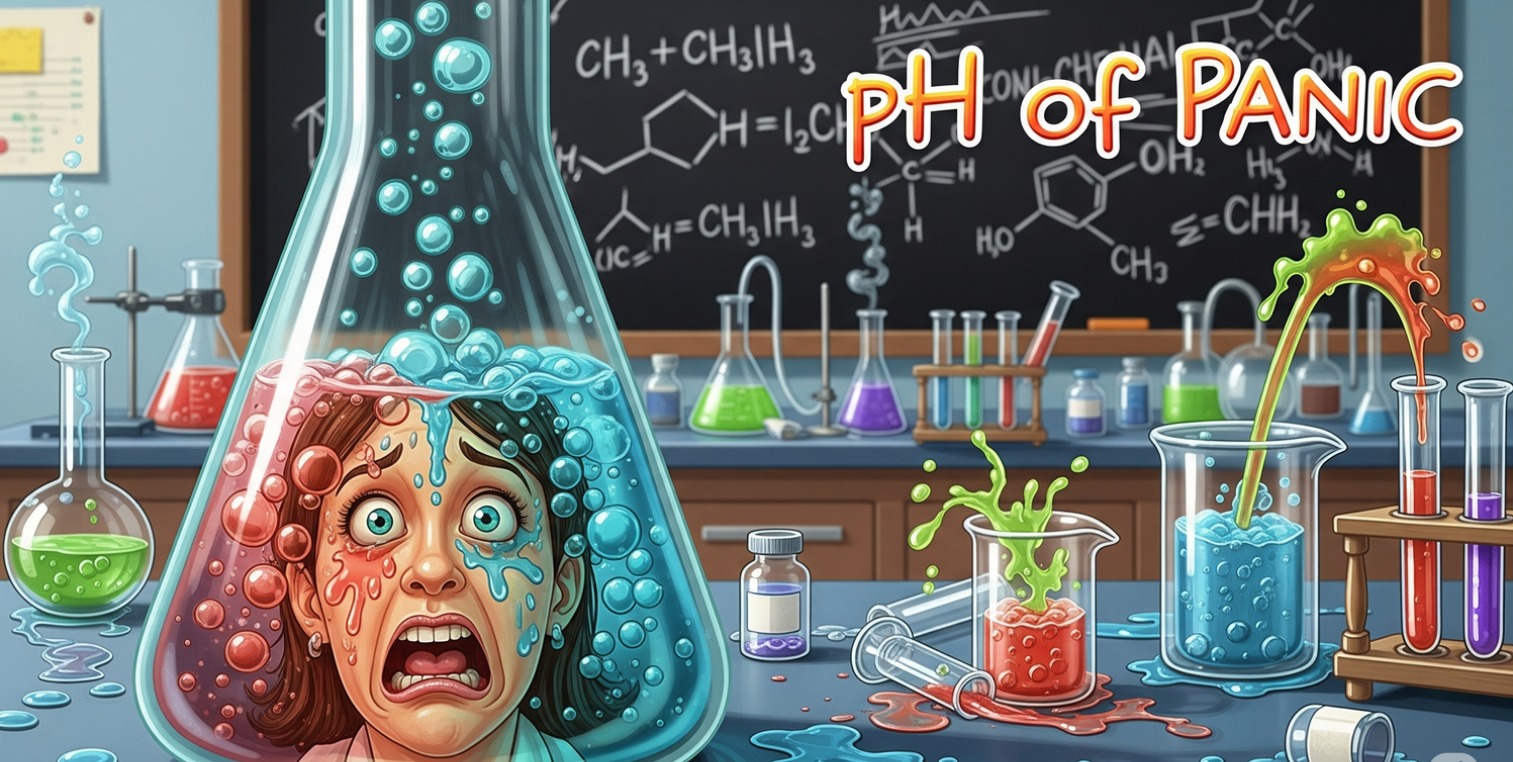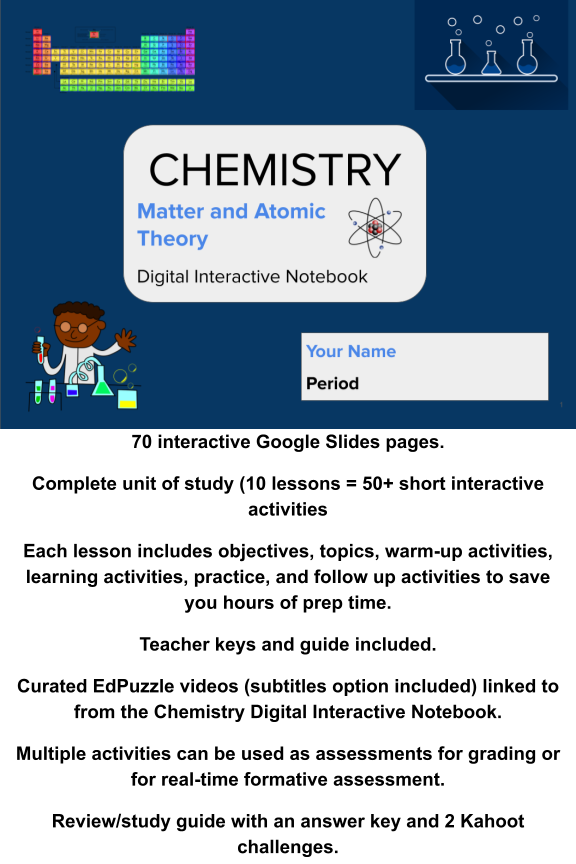The pH of Panic: Why Chemistry Class Deserves a Low Key, Low-Stress Start
Ah, chemistry. Just the word itself conjures up images of wide-eyed wonder, boundless curiosity, and… let’s be honest, the faint aroma of impending doom for roughly 90% of the student population. One mention of stoichiometry and suddenly, perfectly capable teenagers develop a fascinating neurological condition where their eyes glaze over and their limbs appear to fuse to their desks. It's a miracle they manage to locate their phones, let alone the periodic table.
And us, the noble purveyors of scientific enlightenment? We’re just thrilled to be back, aren’t we? After months of rigorous research into optimal hammock sag and the subtle art of not thinking about work, our own cerebral matter has perhaps atrophied slightly. I, for one, tried to balance a chemical equation happening on my grill using only a spatula. The results were... hard to swallow.
So, when these hallowed halls beckon once more, and our still somewhat awkward-balanced learners stumble in, what's the first thing we do? Slam them with a pop quiz on orbital hybridization? Demand they perfectly balance combustion reactions? I mean, that would be efficient, but we simply cannot have that. No, we must embrace the Soft Start – a pedagogical concept so revolutionary, it's practically common sense wrapped in academic jargon. Because, apparently, easing them into a subject that makes reminiscing grown ass adults weep is now best practice.
The Acid Test: Why Chemistry Is A Special Kind of Hell
Let's dissect, with surgical precision, why chemistry holds such a coveted spot in the pantheon of subjects designed to induce existential dread:
The Invisible Friend Problem: We ask them to visualize atoms. Atoms. Tiny, invisible particles that allegedly dance and swap partners in a quantum ballet. Meanwhile, their primary visual experience for three months has been 4K resolution on a 6-inch screen. Asking them to imagine electrons whizzing around a nucleus is like asking them to knit a sweater using only positive thoughts. It's profoundly abstract, and their brains, bless their underdeveloped frontal lobes, simply aren't wired for such profound imaginative leaps right out of the gates.
Math? In My Science Class?! It’s Practically Child Abuse! You’d Think: Just when they thought they’d escaped the tyranny of numbers in math, chemistry rears its ugly, quantitative head. Moles, grams, liters, and sig figs – it’s a numerical onslaught. For students whose mathematical prowess peaked at calculating the percentage of battery life left on their devices, this is a full-scale assault. And the tears? They're practically stoichiometric.
The Secret Language of the Illuminati: We’re not just teaching them science; we’re teaching them a new dialect. "Enthalpy," "entropy," "kinetics," "equilibrium" – these aren’t just words; they’re incantations. And woe betide the poor soul who confuses a "covalent bond" with a "covalent blonde" (though, admittedly, one is arguably more appealing). It's like Rosetta Stone, but with more potential for accidental explosions.
Lab Work: The Perilous Dance: Ah, the lab. Where the theoretical nightmares become terrifyingly tangible. Here, they must not only understand the invisible, but also precisely measure the unmeasurable, pour the unpourable, and then, God forbid, clean up after themselves. Safety protocols are paramount, of course, because the last thing anyone needs on day two is a spontaneously generated black hole from mixing the wrong cleaning agents. The pressure to perform flawlessly, lest they accidentally create a new element or, worse, annoy the teacher, is palpable.
The Jenga Tower of Doom: Chemistry is cumulative. One missed concept is not just a hiccup; it's the foundation cracking on a meticulously built Jenga tower of misery. If you don't grasp atomic structure, then bonding is a mystery. If bonding is a mystery, chemical reactions are witchcraft. And before you know it, you’ve got a student staring blankly at a titration curve, convinced they should have gone into interpretive dance.
The Prophecy of Failure: Every year, they shuffle in, burdened by the dire warnings of older siblings and the collective schoolyard mythos: "Chemistry is IMPOSSIBLE." This pre-programmed anxiety is a delightful addition to their already overstimulated little brains. It's like starting a marathon convinced you've already lost. Bravo, educational system, bravo.
The Gentle Touch: Why We Must Handle Them With Hot Gloves
So, instead of detonating their fragile, summer-addled minds on day one, we engage in the grand performance of the "soft start." And why? Because, apparently, overwhelming them instantly isn't conducive to optimal learning. Who knew?
De-escalating the Meltdown: When students are stressed, their tiny brains (and our not-so-tiny ones, let's be fair) go into fight, flight, or freeze mode. The part that handles "balancing equations" is summarily unplugged. A soft start is a deliberate act of cerebral détente. It whispers, "It's okay, little one. The world isn't ending. Just… look at this pretty picture of a nebula." It allows their overtaxed amygdalas to chill out, freeing up precious cognitive bandwidth for, you know, actual cognition.
Forced Friendship and Group Hugs: The first few days are all about "community building," which, in teacher-speak, means forcing children who'd rather stare at their shoes to interact with each other. Low-stakes, collaborative activities are key here. When they realize that their classmates are equally clueless about last summer's solar eclipse, a fragile bond of shared incompetence can form. And that, my friends, is the bedrock of future group projects.
The Grand Delusion of Prior Knowledge: Instead of launching into the periodic table as if it's universal law (which, scientifically, it is, but don't tell them that), we gently prod. "What do you think you know about elements? No wrong answers! Just… thoughts!" This isn't about assessment; it's about giving them the comforting illusion that they might actually know something before you inevitably blow their minds with quantum mechanics.
The Safety Dance (But Make It Fun): Lab safety. Oh, the joy. Instead of a monotone lecture that induces instant narcolepsy, we turn it into a thrilling scavenger hunt! "Find the eyewash station! Win a high-five!" It’s utterly absurd, but it gets the job done without the usual eye-rolls and existential dread. Plus, it teaches them where the actual eyewash is, which might come in handy when they inevitably try to distill Mountain Dew.
A Confidence Trick (For Their Own Good): Successes, even tiny, meaningless successes, breed confidence. Give them an activity where they simply cannot fail. A "wonder wall" about stars. A drawing of their favorite element (even if it's just a stick figure with "O" for oxygen). These are not academically rigorous, but they are confidence-building exercises. They walk away thinking, "Huh. Maybe chemistry isn't literally going to kill me."
The Glorious, Exhausting Aftermath
So, what’s the grand payoff for this elaborate charade of "easing in"?
Less Whining: A subtle decrease in the audible groans emanating from their general direction.
Marginal Engagement: They might actually participate, rather than simply existing in a state of suspended animation.
The Illusion of Comprehension: They might even think they're understanding things, which is often half the battle.
A Slightly Less Frazzled Teacher: Because if they’re less stressed, you’re less stressed. And that, my friends, is the most crucial chemical reaction of all.
In conclusion, dear science colleagues, as the relentless march of the academic calendar propels us forward, let us not forget the delicate, fragile state of our students' minds. Let us approach chemistry, not with the abruptness of a chemical explosion, but with the gentle, reassuring grace of a perfectly buffered solution. Because while their brains may still be frying from summer sun, ours are equally crispy. And the first rule of chemistry is, of course, "Don't ignite the children." Or the teacher. Especially not the teacher.
Thanks for reading my thoughts! I hope they help you in being more ready for the impending doom of the new school year. Check out my Periodic Table of Students Lesson if you need a low key back to school chemistry lesson. And if you cannot spare the $, please email me and I’ll give it to you for free.
BOOKS & TOOLS
- December 2025 1
- September 2025 2
- August 2025 5
- July 2025 4
- June 2025 2
- August 2024 2
- July 2024 2
- June 2024 1
- October 2023 1
- September 2023 3
- August 2023 6
- July 2023 6
- July 2022 2
- June 2022 1
- November 2020 3
- October 2020 3
- April 2020 1
- March 2020 5
- July 2019 1
- June 2019 1
- April 2019 1
- January 2019 1
- November 2018 3
- October 2018 2
- September 2018 1
- August 2018 8
- July 2018 11
- June 2018 4
- May 2018 5
- April 2018 2
- March 2018 4
- February 2018 5
- January 2018 3
- December 2017 1
- November 2017 5
- October 2017 7
- September 2017 6
- August 2017 5
- July 2017 3
- June 2017 10
- May 2017 7
- April 2017 7
- March 2017 15
- February 2017 12
- January 2017 13
- December 2016 15
- November 2016 8
- October 2016 7
- September 2016 12
- August 2016 14
- July 2016 10
- June 2016 13
- May 2016 10
- April 2016 8
- March 2016 5
- February 2016 7
- January 2016 6
- December 2015 5
- November 2015 8
- October 2015 2










